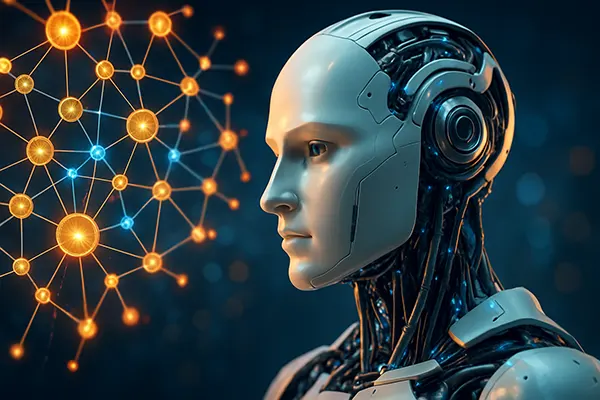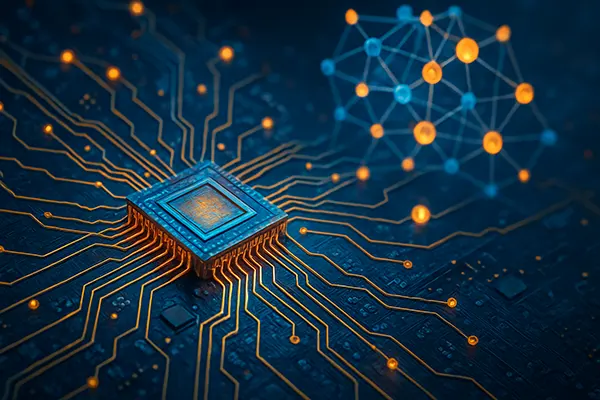
Next-Generation Neural Networks: How Transformer 2.0 Is Redefining Artificial Intelligence
The rapid evolution of artificial intelligence has entered a new phase with the introduction of Transformer 2.0. As the successor to the foundational Transformer architecture introduced by Vaswani et al. in 2017, this new generation aims to overcome critical scalability and performance issues. Transformer 2.0 is not just an upgrade — it represents a shift in how neural models interpret, process, and generate complex information.
Architectural Advancements That Power Transformer 2.0
Transformer 2.0 introduces modular processing units that enable deeper and more efficient stacking of layers. This allows the model to operate with far greater depth without encountering degradation in training stability or interpretability. Unlike its predecessor, which relied heavily on fixed positional encodings, the newer model adopts dynamic positional bias mechanisms for more contextual awareness.
The introduction of grouped attention mechanisms reduces the computational load by focusing on relevant subspaces within the input sequence. This refinement allows Transformer 2.0 to handle longer sequences without sacrificing performance, making it a valuable tool in domains like genomics, legal text processing, and real-time multilingual translation.
Equally notable is its enhanced memory structure. Transformer 2.0 leverages learnable memory states that persist across sequences, allowing for more coherent long-range predictions. This is particularly transformative in fields like autonomous navigation and sequential decision-making where historical data continuity is essential.
Implications for Model Efficiency and Cost
Efficiency gains introduced in Transformer 2.0 are not marginal. Experiments by Google Research and DeepMind have shown that these models achieve state-of-the-art benchmarks with 30–40% fewer parameters and significantly reduced inference latency. This enables broader deployment even in constrained environments such as mobile devices and edge computing units.
In practical terms, the economic cost of training large-scale AI systems has been a bottleneck. Transformer 2.0 shifts the cost-performance curve by requiring less GPU time while achieving higher precision. For enterprise applications, this unlocks use cases previously seen as too resource-intensive, such as high-frequency trading bots and medical imaging analytics.
Crucially, this shift also means more sustainable computing. With Transformer 2.0, the environmental footprint of training and deploying large models is lower — aligning with global green AI initiatives that demand better energy efficiency in data centre operations.
Real-World Applications Enhanced by Transformer 2.0
In natural language understanding, Transformer 2.0 has already been integrated into the latest iterations of Google’s PaLM and OpenAI’s GPT models, where it delivers faster comprehension with fewer hallucinations. The use of sparse routing and feedback integration improves factual consistency, a critical issue in enterprise-grade AI systems.
Healthcare applications benefit from Transformer 2.0’s ability to interpret long-form clinical narratives and identify patient history patterns with better recall. Models powered by this architecture are now being piloted in predictive diagnostics and robotic surgery planning with promising results in clinical trials as of Q2 2025.
Meanwhile, Transformer 2.0 is transforming the field of AI in education. Adaptive tutoring systems and AI-assisted curriculum development are utilising its capabilities to generate real-time feedback loops for students, reducing reliance on human grading and enhancing learning outcomes.
Adoption Across Critical Industries
Across finance, Transformer 2.0 enables the analysis of thousands of concurrent financial signals, allowing for more accurate and timely risk prediction. Banks and hedge funds are integrating these models for fraud detection and real-time audit simulations.
In the legal domain, Transformer 2.0 is being employed in contract analysis and precedent matching tasks. By accurately parsing long, nested structures typical of legal documents, it has shown superior performance in benchmark tests conducted by European law firms in 2025.
The entertainment industry is also beginning to embrace the technology. AI-generated video scripts and content recommendation systems trained on Transformer 2.0 models show increased user engagement by learning viewer preferences more precisely than legacy systems.

Research Challenges and the Road Ahead
Despite the breakthroughs, Transformer 2.0 is not free from limitations. The issue of interpretability persists, especially in multi-step reasoning tasks where tracing decisions back to inputs remains difficult. Research groups from MIT and ETH Zurich are currently working on integrating neural-symbolic modules to improve transparency in complex decision-making.
Another concern is bias amplification. While Transformer 2.0 introduces mechanisms to detect and correct for training data imbalance, these solutions are still in early experimental phases. Further scrutiny and regulatory frameworks will be required as adoption grows in sensitive fields like criminal justice and hiring.
Security vulnerabilities have also come into sharper focus. Adversarial attacks targeting attention weights can subtly manipulate outputs. Countermeasures are under active development, including dynamic masking strategies and consensus-based validation layers for critical decision outputs.
Future Outlook and Ethical Frameworks
Looking ahead, the integration of Transformer 2.0 into AI ethics protocols will be crucial. Policymakers and AI developers must align on clear governance rules for responsible deployment, particularly in autonomous weapons and surveillance systems.
Open-source efforts are underway to democratise Transformer 2.0 models. Initiatives like EleutherAI’s new benchmarks and Meta’s FAIR Labs open-weight releases aim to ensure broader access to the underlying science and reproducibility.
Ultimately, the next few years will determine how society balances the benefits of Transformer 2.0 with the challenges it presents. As of June 2025, the model represents both a technical achievement and a policy inflection point in the evolution of machine intelligence.
